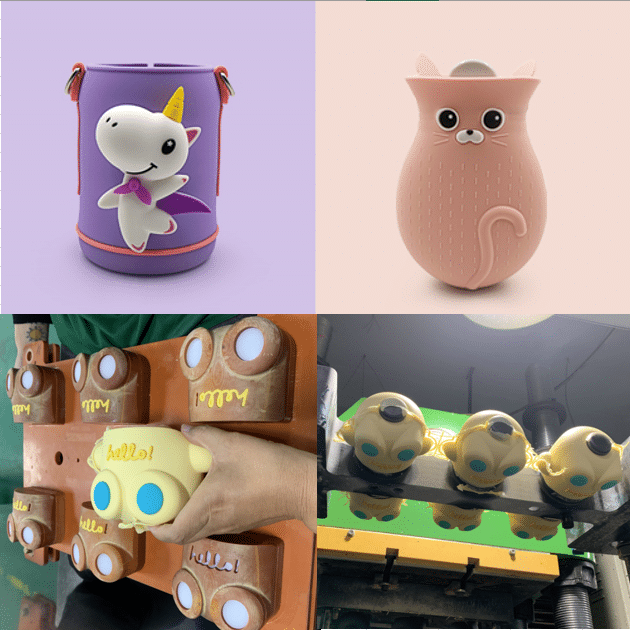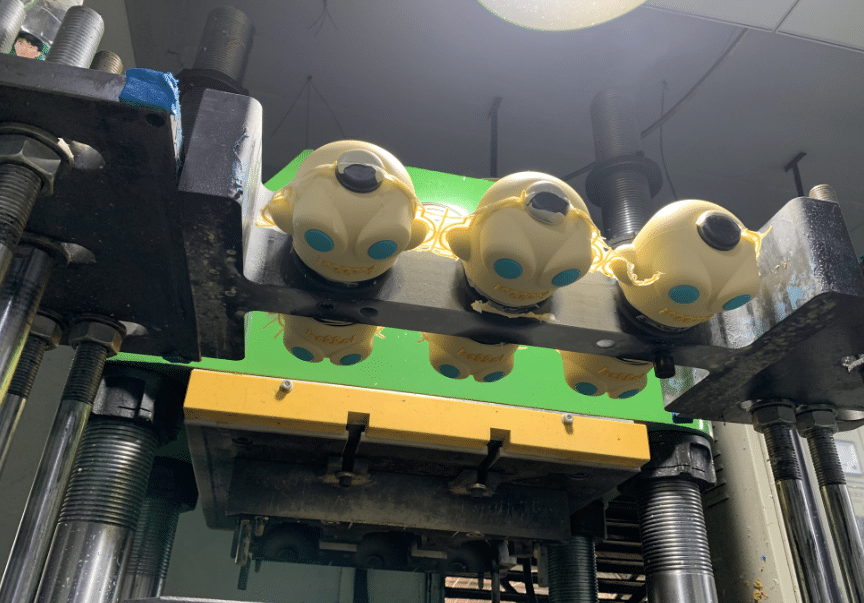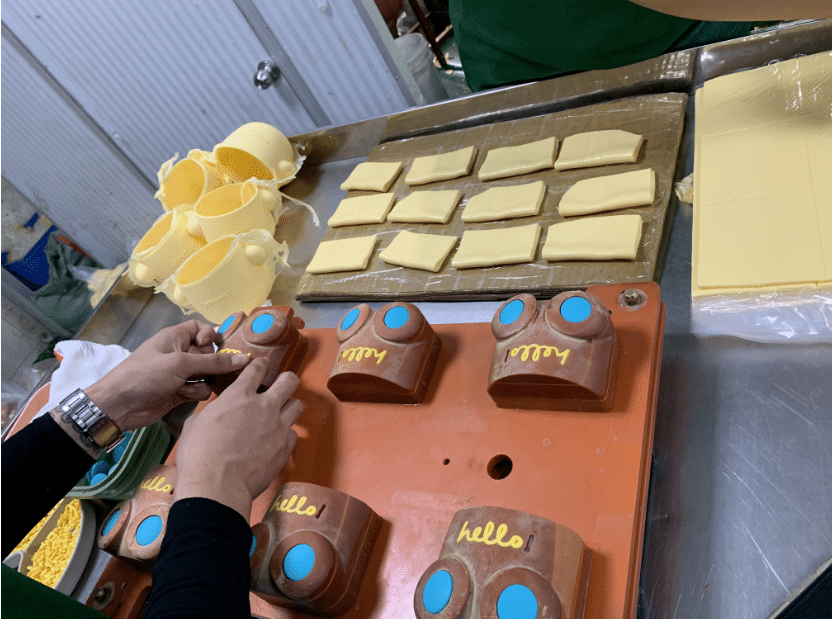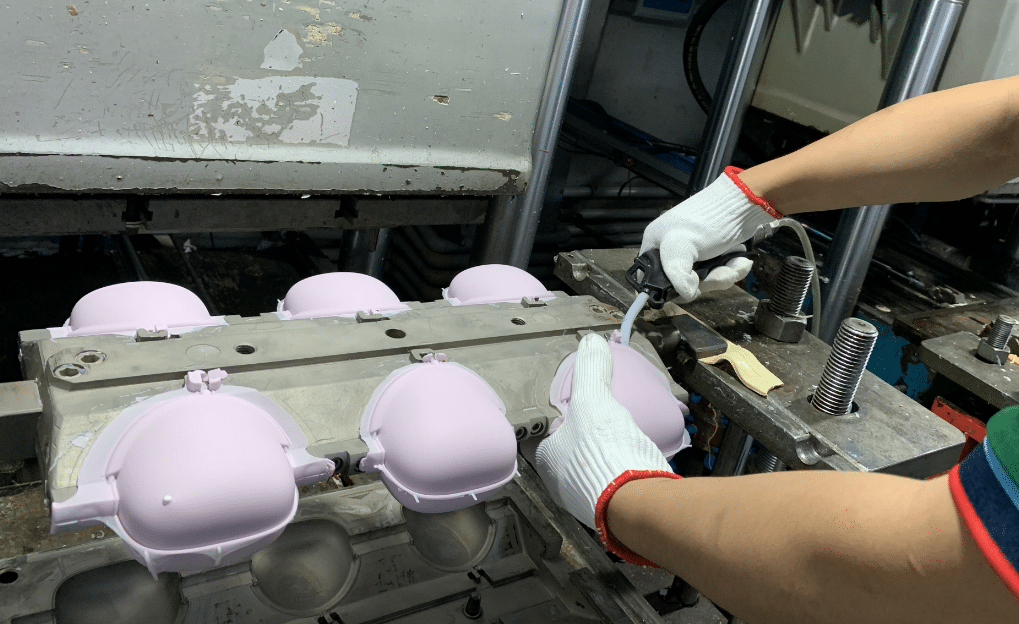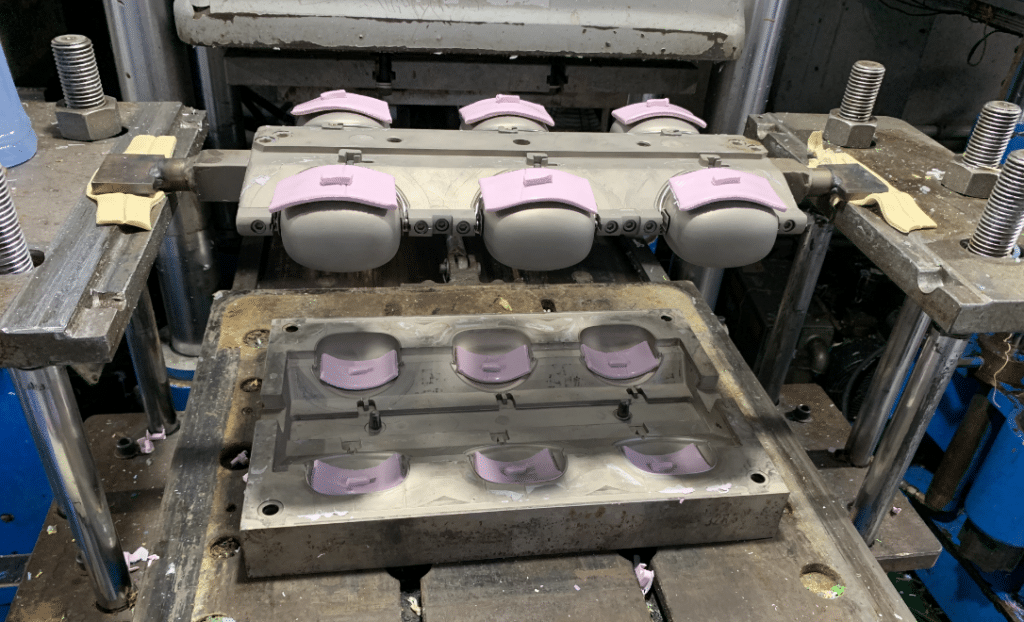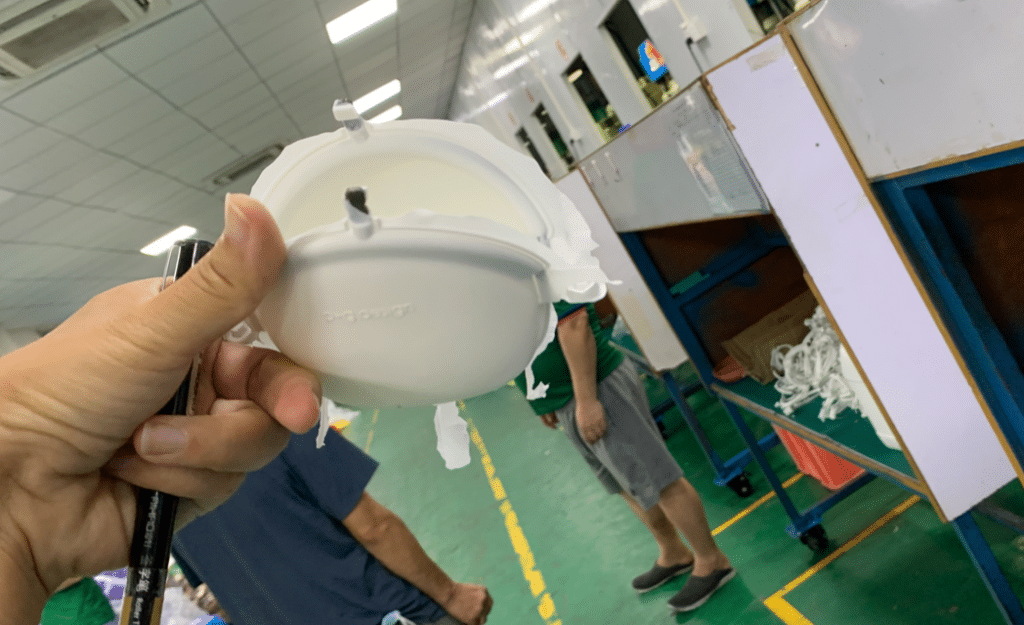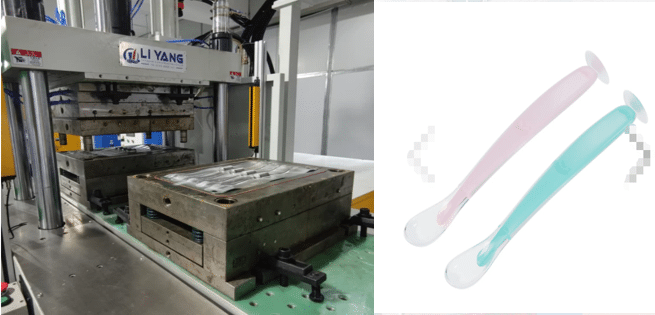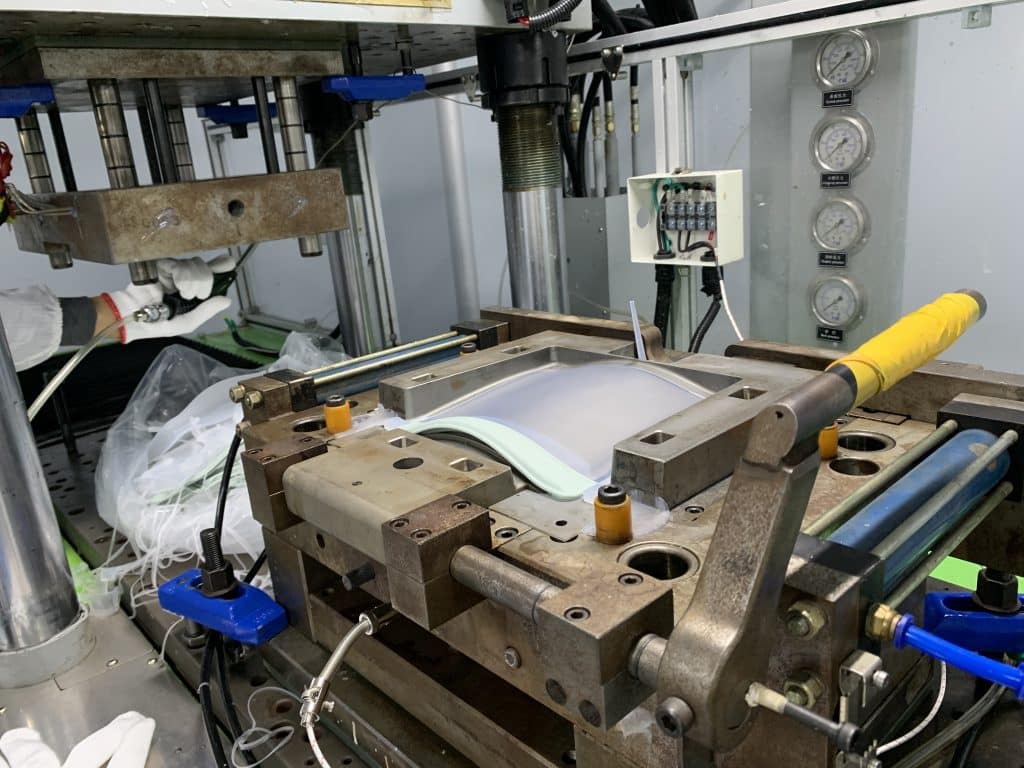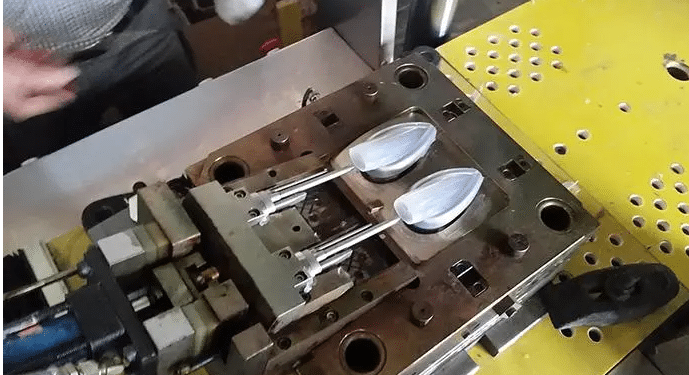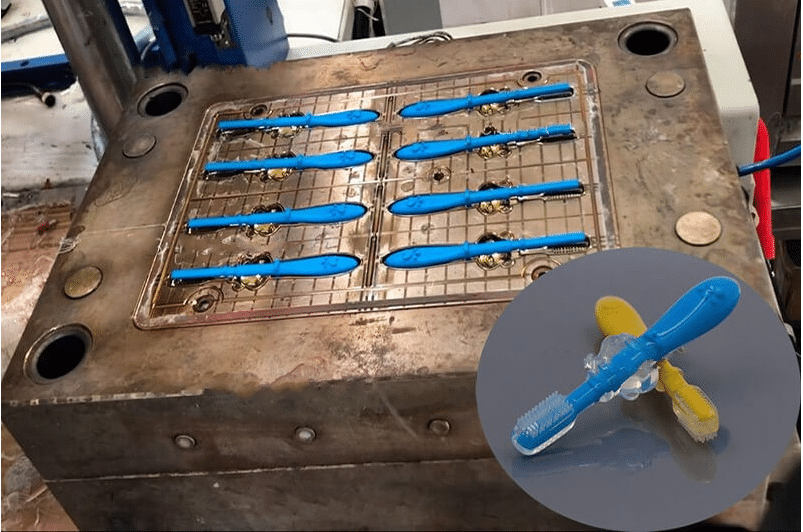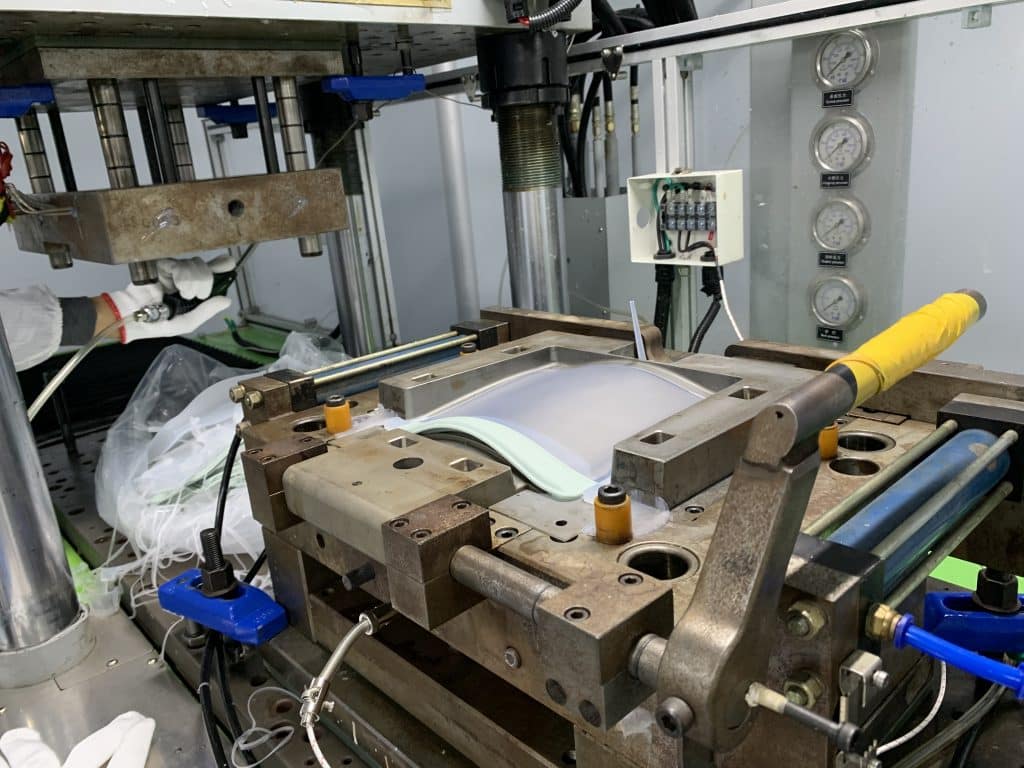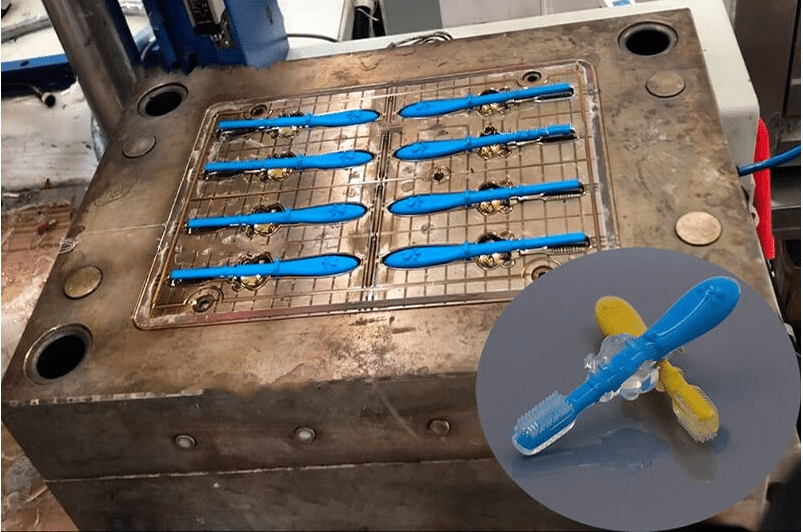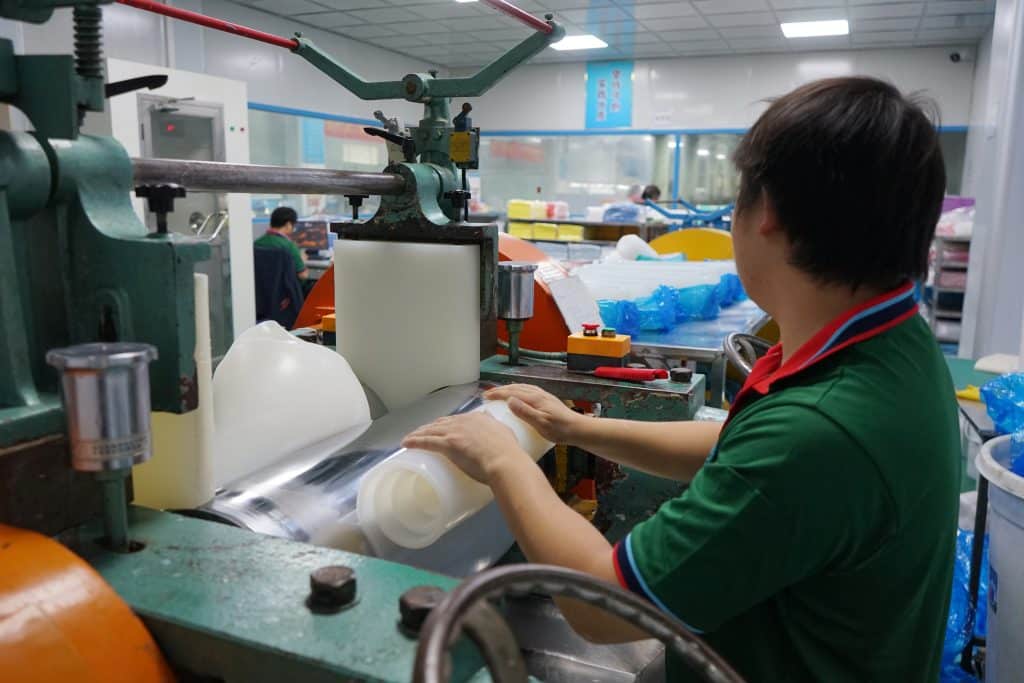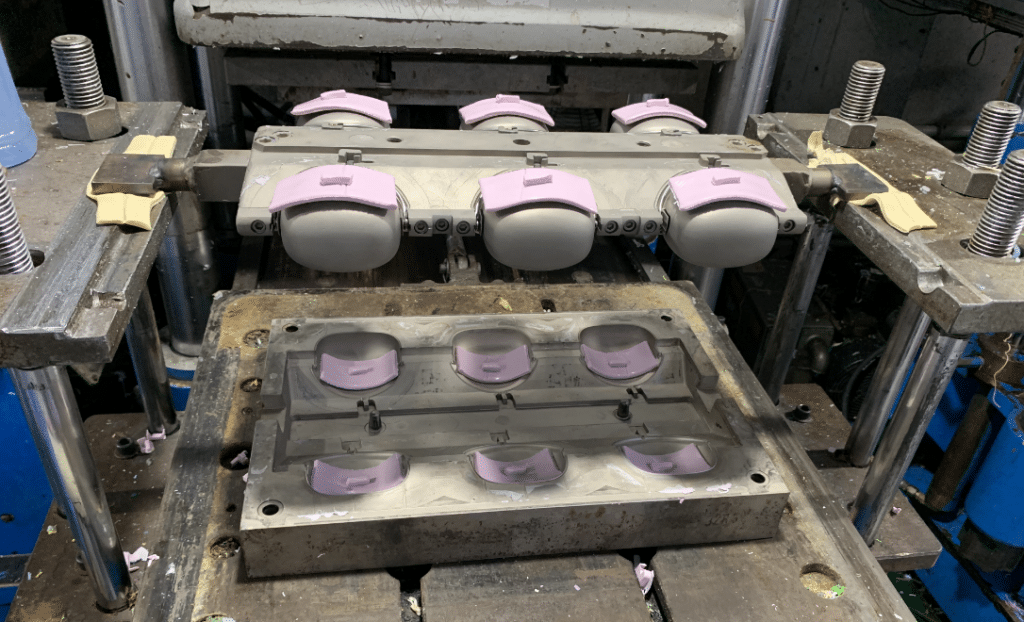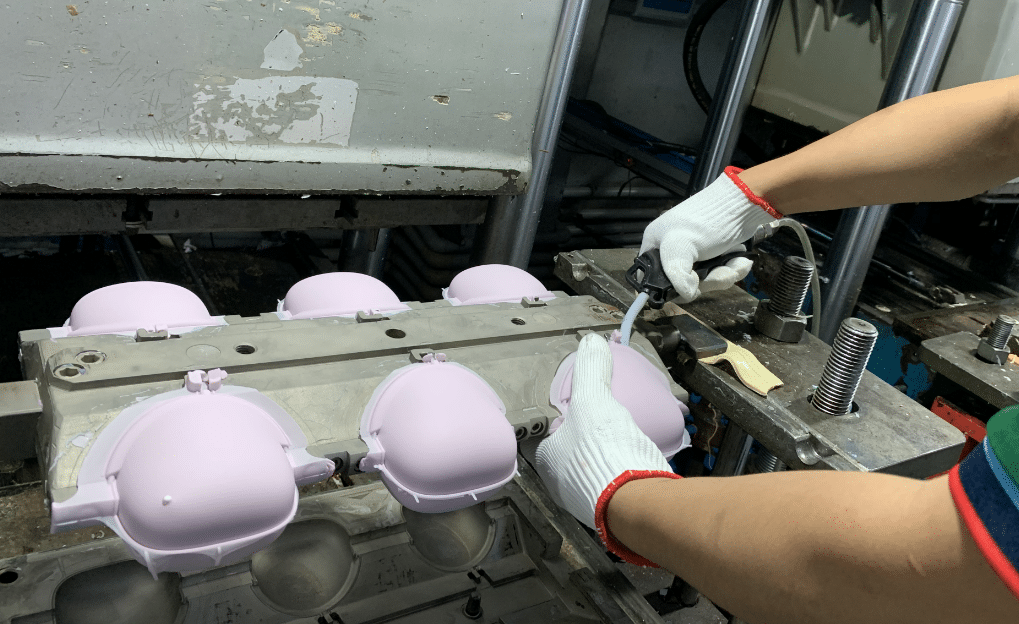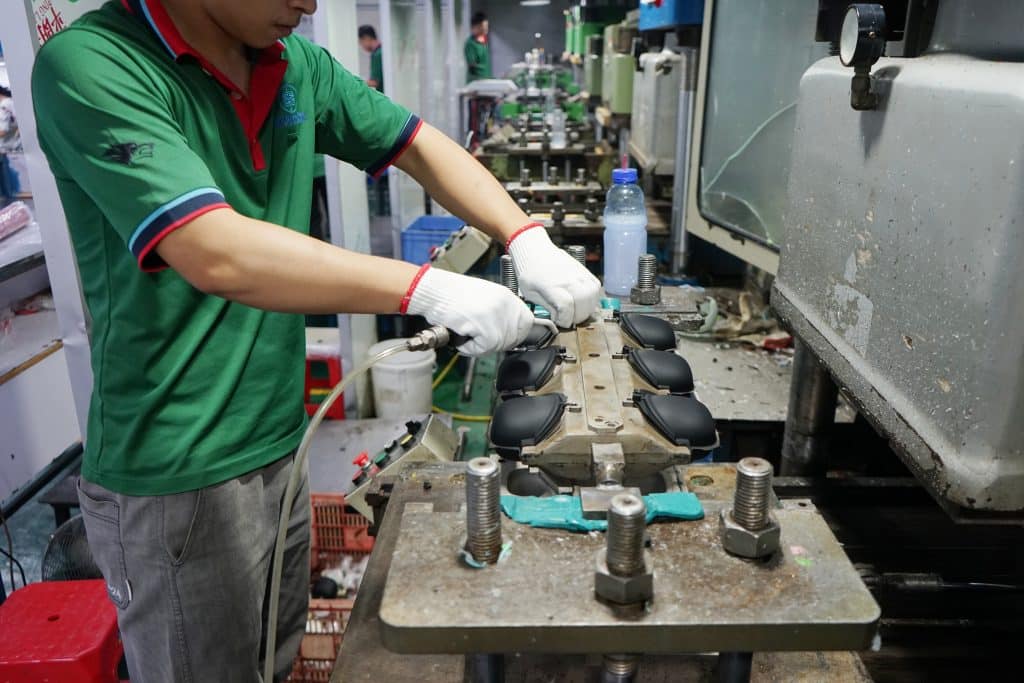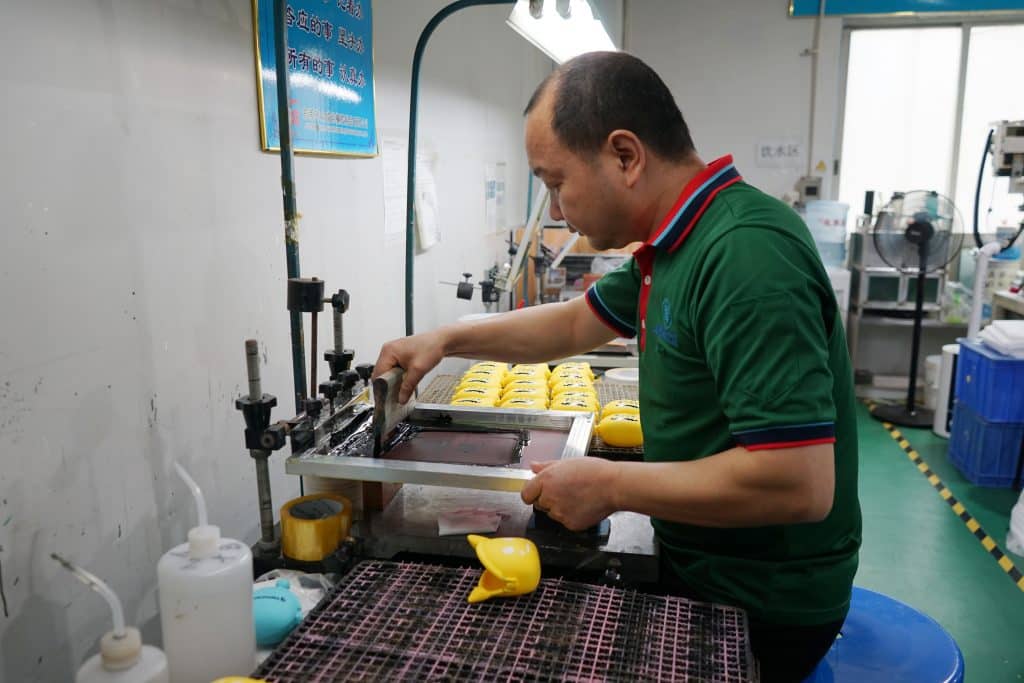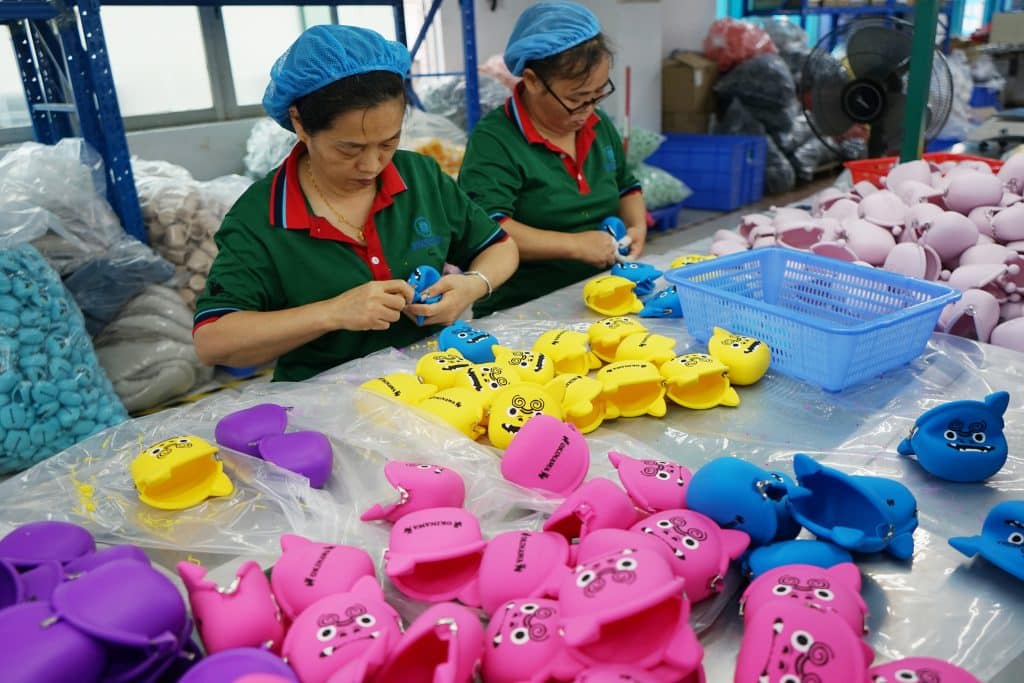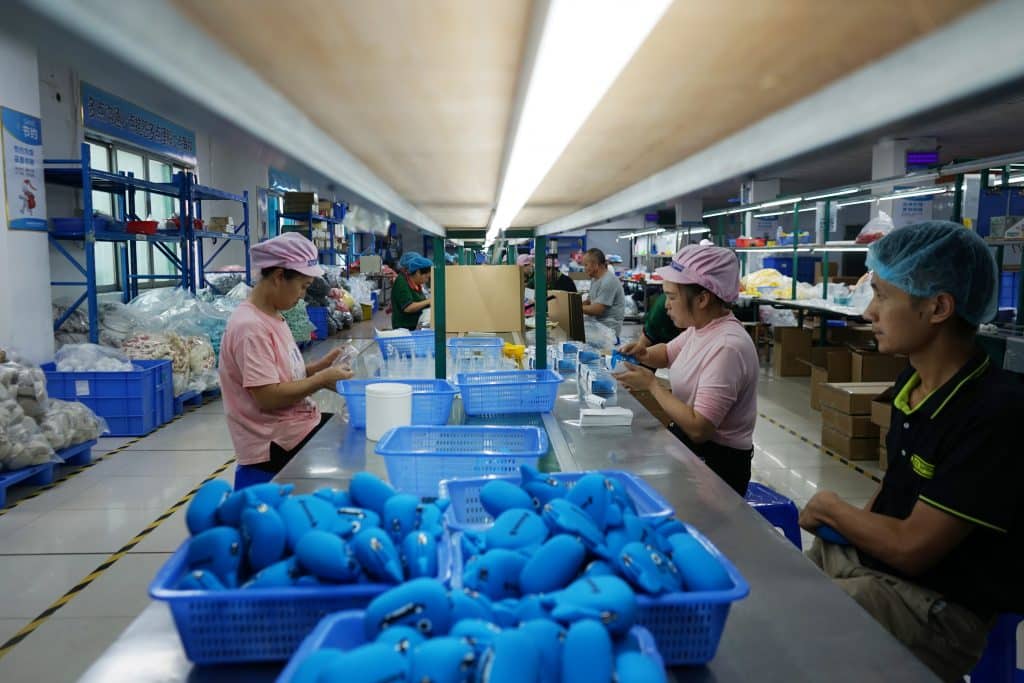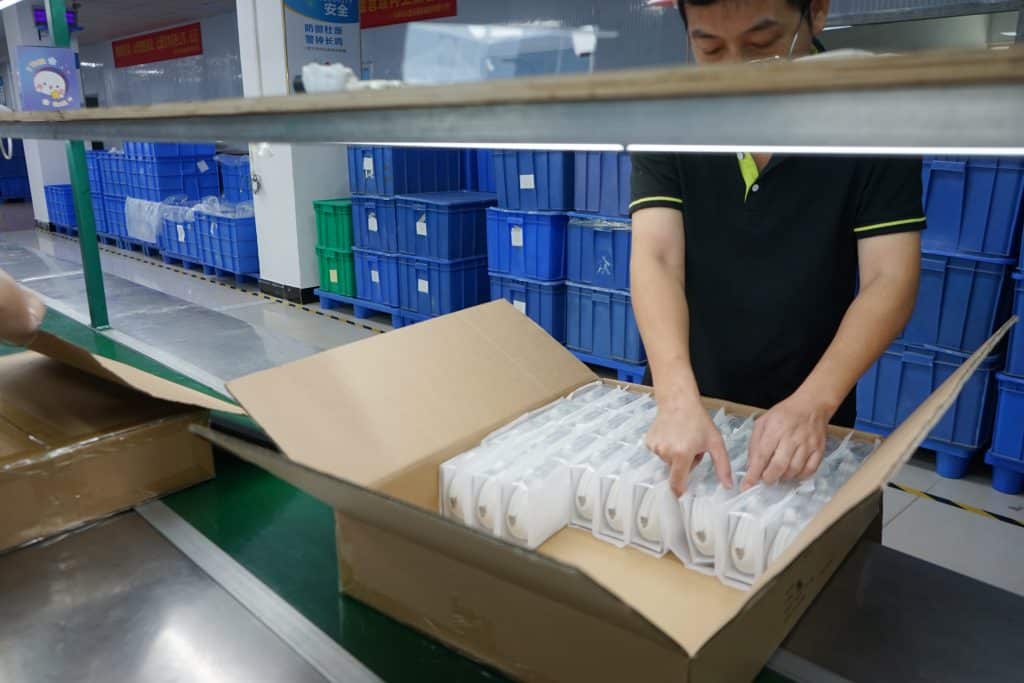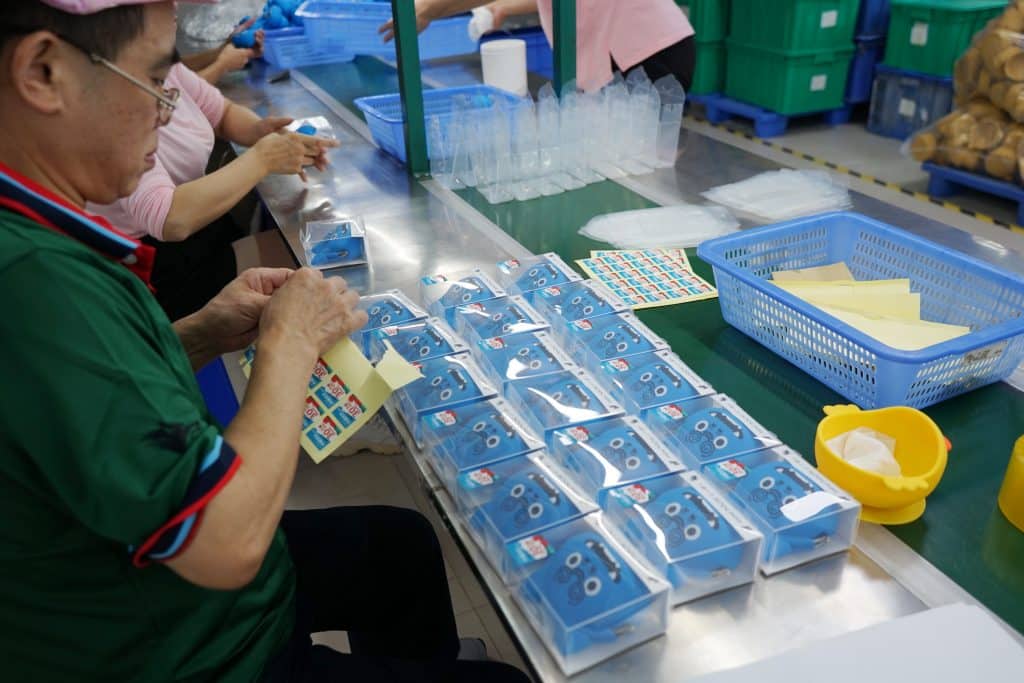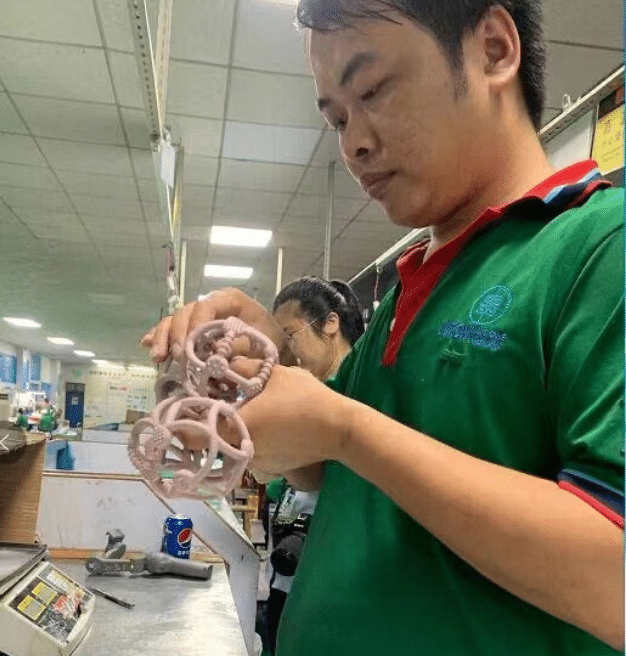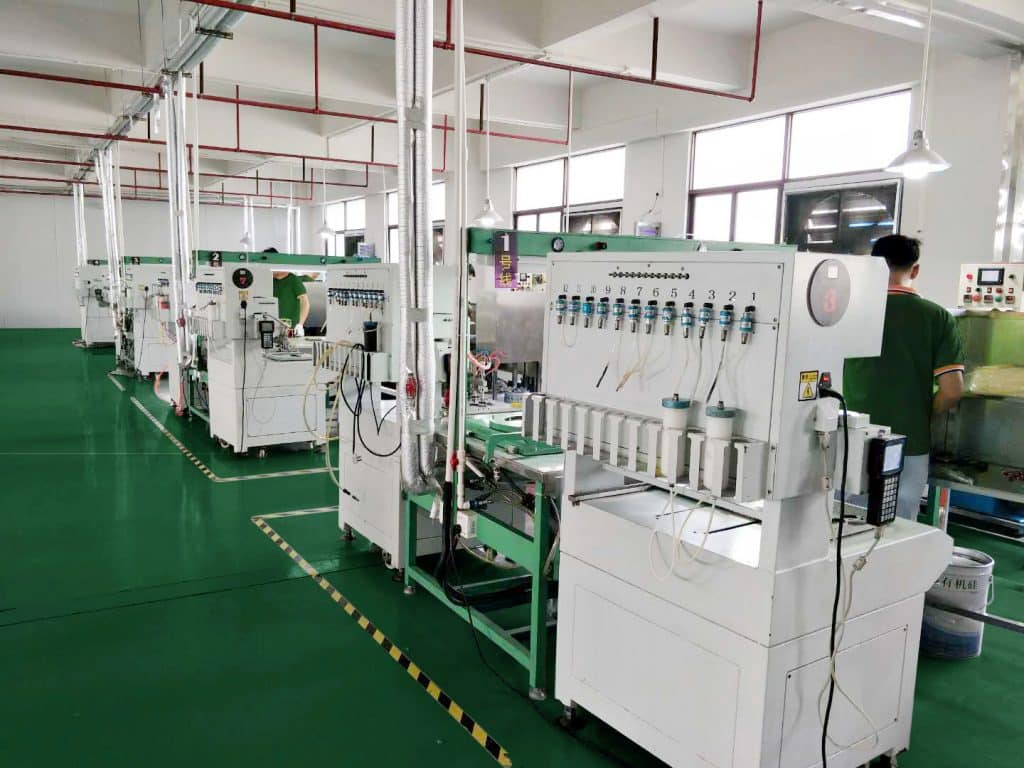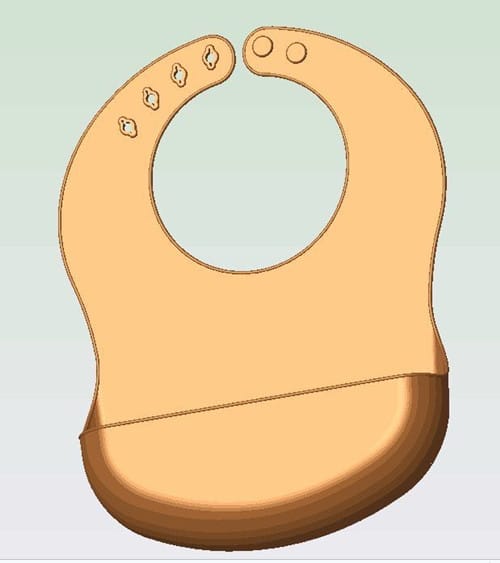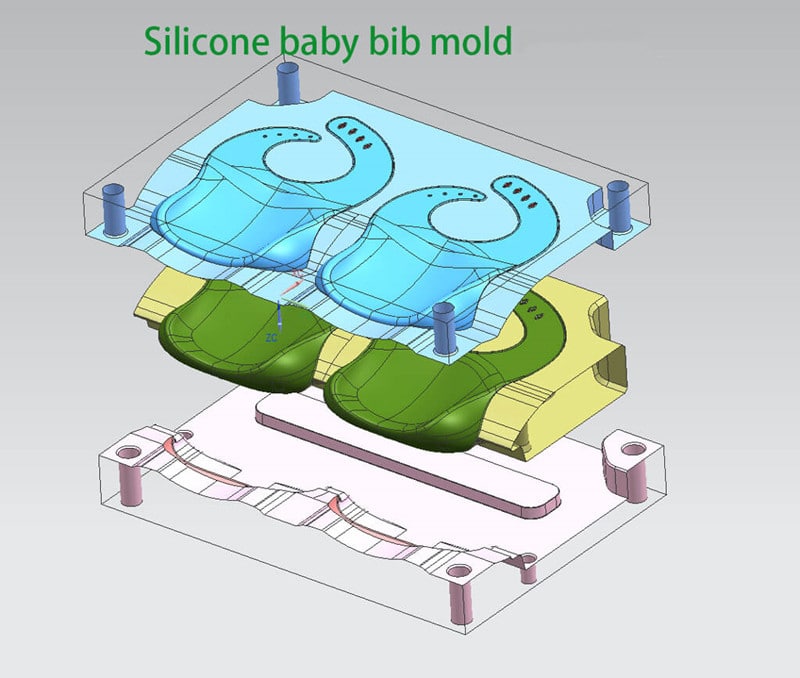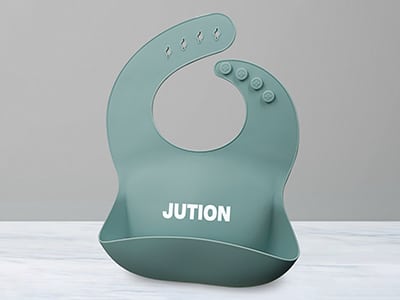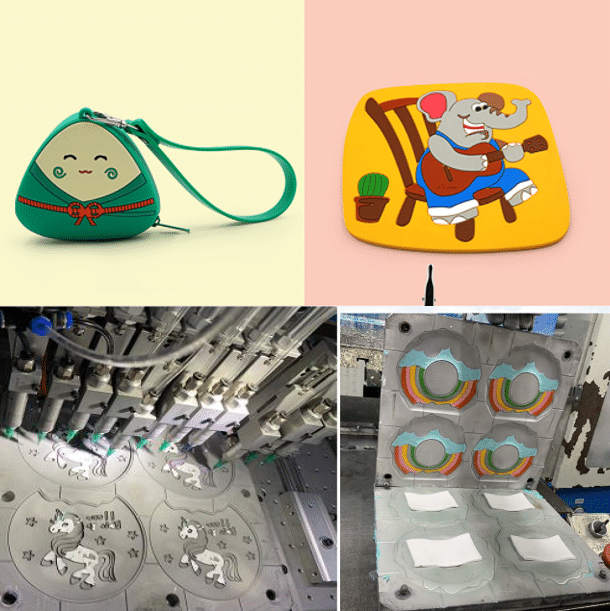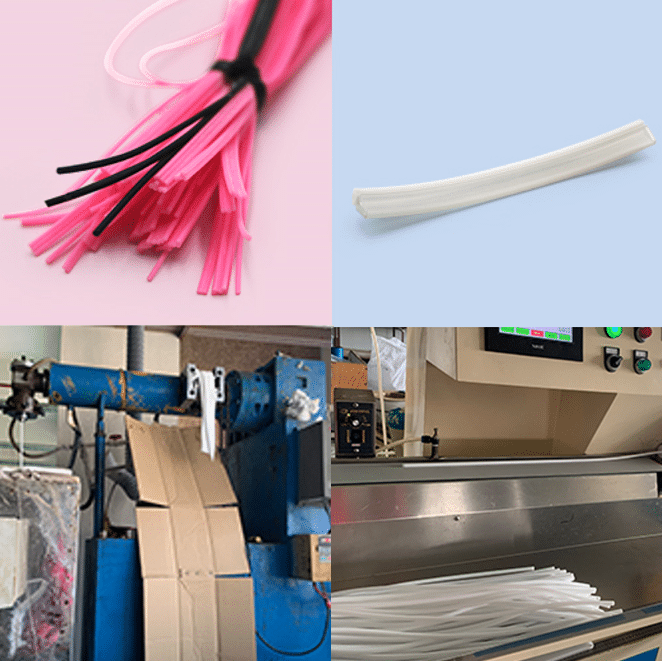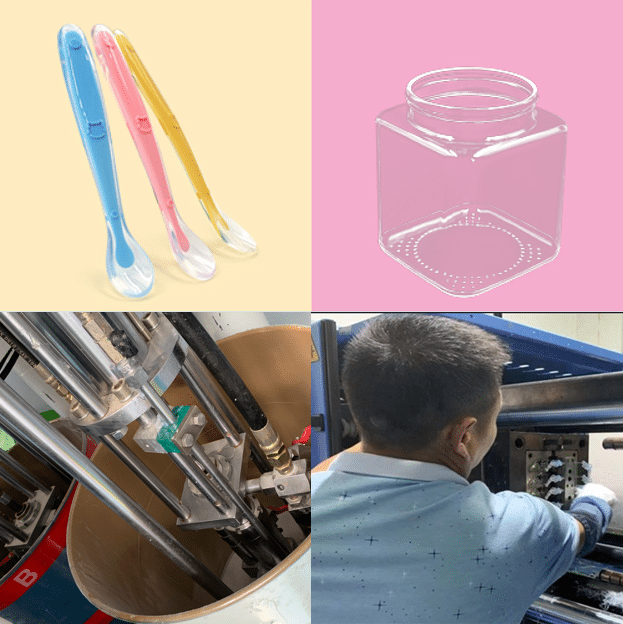Silicone Over-Molding Service
Unlock the Potential of Your Product with Our Silicone Over-Molding Service. High Precision, Uncompromised Quality – Transform Your Vision into Reality Today!
What is Silicone Over-Molding?
Silicone over-molding is a molding process that molds silicone over, under, or through a substrate material to complete the final part. Silicone Over-molding is a process of over-molded silicone rubber onto a wide variety of other Thermoplastics. metals. electronics and other substrates. We often over-molded silicone rubber to plastic parts and metal inserts to absorb shock, and act as a seal. act as a protective cover or give a soft feel to the touch.
Silicone Over-molding includes:
- silicone Rubber compression over-molding
- liquid silicone rubber (LSR) over-molding
It is a cost-effective method for precise silicone parts manufacturing with two different materials. By allowing product designers to combine the best of two materials, this manufacturing process supports variations in durometers and rigidity.
What is silicone compression over-molding?
Silicone compression over-molding is a refined manufacturing process employed in the production of intricate silicone components. This method combines the advanced capabilities of compression molding with over-molding, yielding products with precise dimensions, resilient characteristics, and superior performance.
Recommend Reading: Silicone Compression Molding
In essence, silicone compression over-molding is a two-step process. The first stage involves the creation of a substrate, usually fashioned from metal or plastic, which forms the primary structure of the final product. The second stage involves the over-molding process, where silicone material is compression molded onto the substrate, effectively encapsulating it and giving the final component its intended functionality.
The silicone over-molding procedure typically begins with the preparation of high-viscosity silicone material. The silicone is processed into a preform or a semi-finished shape that aligns with the product’s design. The preform is then positioned onto the substrate which has been placed in the lower half of the mold.
Once the silicone preform and the substrate are correctly arranged, the upper half of the mold closes, applying pressure to the silicone material. The compression from the mold causes the silicone to flow, filling the mold cavities. This compression phase is carried out under heat, usually between 150°C and 200°C, which catalyzes the silicone curing process. The result is a cohesive bond between the substrate and the silicone, forming a single integrated component.
Silicone compression over-molding is ideal for manufacturing complex geometries and components requiring high precision, as it allows for tight control over dimensional tolerances. Additionally, the material properties of silicone, including its temperature resistance, chemical stability, and electrical insulation capabilities, make it a highly sought-after material for over-molding applications.
What is LSR (liquid silicone rubber) over-molding
Liquid Silicone Rubber Over-Molding, commonly referred to as LSR Over-Molding, is an advanced manufacturing technique used to create complex, high-quality silicone components. It combines the use of Liquid Silicone Rubber (LSR), a highly versatile material known for its exceptional properties, with the over-molding process, resulting in durable, precision-made parts suitable for a wide array of applications.
Recommend Reading: LSR Injection Molding
In essence, LSR Over-Molding involves the integration of a substrate material—often metal, plastic, or silicone—with a layer of Liquid Silicone Rubber. The process begins with the preparation of the substrate, which forms the primary structure of the final product. Then, the LSR is introduced.
Unlike traditional high-consistency rubber (HCR) silicone used in compression molding, LSR is a low-viscosity liquid. It can be easily injected into a mold, making it an excellent choice for over-molding applications. The low viscosity of the LSR allows it to thoroughly and precisely fill the mold cavities, which can accommodate highly intricate geometries and deliver tight tolerances.
After the substrate is placed into the mold, LSR is injected into the mold, where it flows around and bonds with the substrate, encapsulating it to form a single, cohesive component. The LSR is then cured, or vulcanized, through a heating process that transforms the liquid silicone into a durable, flexible rubber.
The versatility and benefits of LSR Over-Molding are immense. LSR offers superior thermal, chemical, and electrical resistance, making it suitable for harsh or demanding environments. It is also biocompatible, making it ideal for medical applications. In terms of design flexibility, the over-molding process can accommodate intricate designs, varied surface finishes, and multi-material components.
Furthermore, LSR Over-Molding enhances the durability of a product, offers electrical insulation, and can provide a softer, more ergonomic surface for user interaction. It is widely used across various sectors, including medical, automotive, electronics, and consumer goods, among others.
Over-molding process can be used on various substrates
The over-molding process is highly versatile and adaptable to various component designs, making it a preferred manufacturing technique across many industries. This process can be used to mold silicone over various substrates such as plastic, metal, or other silicone parts. It can be employed to enhance the durability of a component, provide electrical insulation, or offer a softer tactile surface for ergonomic or aesthetic appeal.
Silicone Over-molded Silicone
Silicone bonds to other substances on silicone rubber products, which is like other silicone rubber product molding processes. it only adds a step to put substrates along with putting silicone material on the other cavities.
Silicone Over-molded Plastic
A soft silicone rubber can be molded over a handle or cover that’s made of hard plastic. The plastic provides strength and rigidity while the silicone provides a soft-touch surface. But one of the most common problems in silicone rubber over-molding is protecting the plastic part when over-molded. The insert materials should be high temperate resistance enough. Other it will be melted under high temperatures by rubber compression molding or LSR injection molding.
Silicone Over-molded Metal
Over-molding silicone to metals tends to be easier due to the temperature stability of most metals. Aluminum and common steels can often be bonded with mechanical means or with surface treatments. especially primer. But the mold has to be designed carefully to keep the insert in place to withstand injection pressures but also avoid tight clearances which could crush the insert. And we also should avoid the position offset of metal.
Custom Silicone Over-Molding Solutions For Your Business
Jution Silicone over molding and insert molding processes produce custom prototypes and on-demand production parts in as fast as 15 days. We use aluminum molds that offer cost-efficient tooling, producing parts from a range of solid silicone rubber and liquid silicone rubber materials.
At JUTION Silicone, we work with your timeline and budgets. Our cost-effective prototypes can be populated in small production runs that align with your schedule. We understand and meticulously implement the best tactics for achieving high-quality custom silicone baby products for your company.
We specialize in delivering exceptional quality control across large-volume orders, and we can customize our QA procedures to meet your specific requirements.
Over-Molding Process
Step 1: Design
Get a silicone overmolded metal Silicone Pacifier Case project. The Professional Engineer are checking for the DFM and Mold Flow For this project. This project is compression over molding. The engineer will inform if your project need LSR injection over-molding.
Step 2: Mixed The Solid Silicone Material
After the tooling and the metal substrate is ready. Put the metal on the silicone tooling first and put the solid silicone material over the metal: placing overmold material on a base element; placing said base element with overmold material positioned thereon in a base die of a compression die tool;then moving a counter compression die of the compression die tool towards the base die;
Step 3: silicone over metal molding
After the compression over molding. The metal was full over-molded by the silicone and cured. The silicone tooling mold will come out and open for molding operators to remove the molded silicone products. The raw material will be placed again for the next round of vulcanization.
Step 4: logo branding
The silicone over molded bag logo branding choice is screen printing. Here we open a screen printing jig and mesh to get the logo printed on.
Step 5: QC
All the Silicone over molded case will do full QC before do the package. We will do some burr trim in the QC process.
Step 6: Package & Shipment
The over-molded silicone case Custom package and shipment on time. Loading the silicone case on the container
The Comparison of Silicone Molding Services
Choose the Silicone Molding Service That Best Fits Your Unique Needs. Explore, Select, and Let Us Craft Your Vision Into Reality!
| Silicone Rubber compression molding | Liquid Silicone Rubber (LSR) Injection Molding | Silicone Dripping Injection Dispensing(co-injection) Molding | Silicone Over-Molding | Silicone Extrusion Molding | |
|---|---|---|---|---|---|
| Material | Solid Silicone Rubber | Liquid Silicone Rubber | LSR and SSR | Silicone Rubber, Plastic, Metal | Solid Silicone Rubber |
| Mold | Compression mold | Injection mold | Dripping Injection Dispensing mold | Compression mold and Injection mold | Extrusion Mold |
| Molding process | Compression | Injection | Dispensing and compound | Over-molded | Extrusion |
| Mold Cavities | Single and multi-cavity | Single and multi-cavity | Single and multi-cavity | Single and multi-cavity | Single |
| Mold Life | Around 50000 | unlimited | unlimited | unlimited | Around 50000 |
| Colors | Single color | Single color | Multi-color | Colored or Single Color | Single color |
Advantages
Applications
Read More:
In addition to quality control, every aspect of the LSR over-molding/insert plastic molding process can be customized to produce liquid silicone parts to your specifications. We can assist with economical mold design and development, prototyping, and more. Contact Us to learn more about our full list of services.

